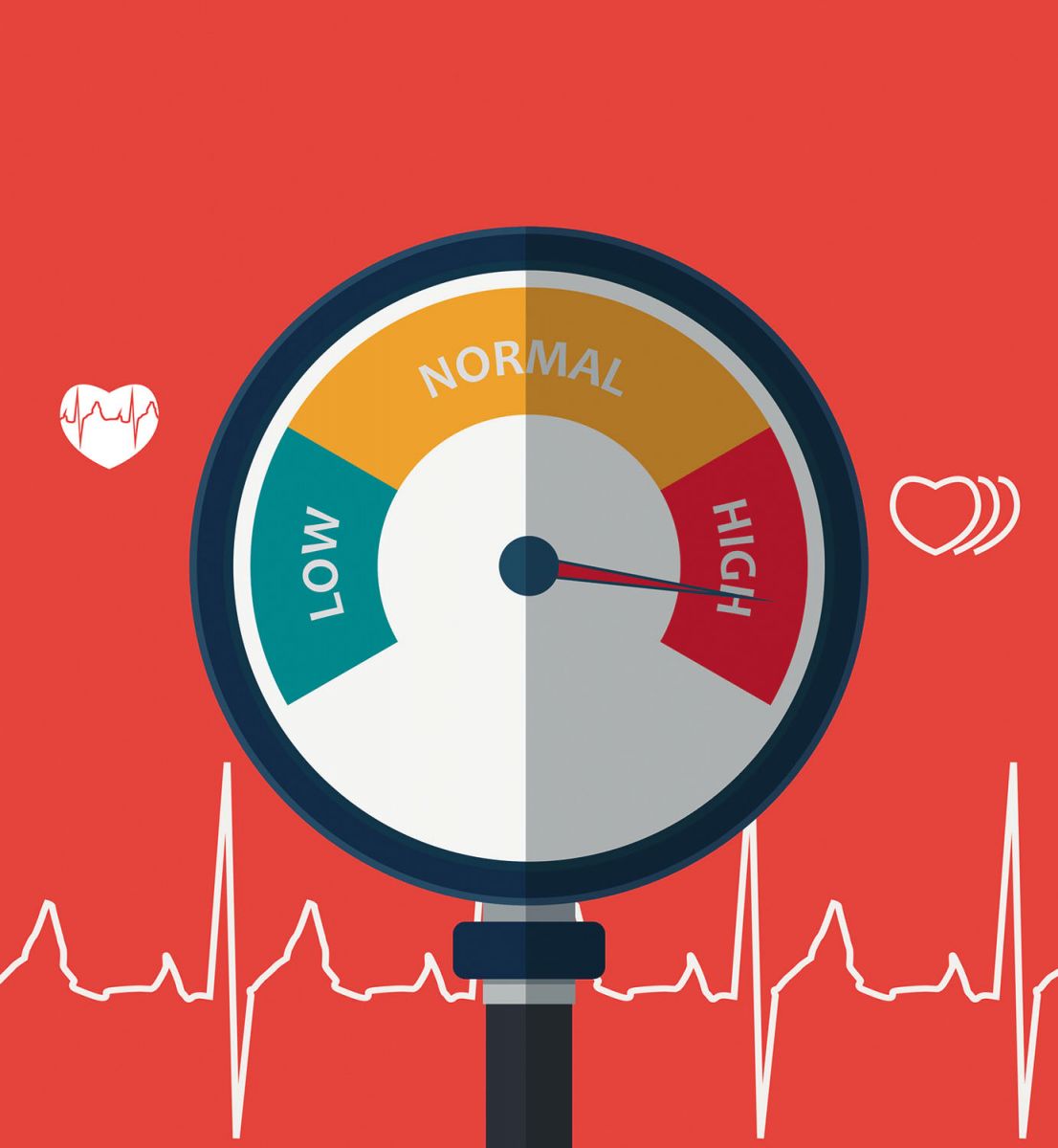Blood Pressure
 Blood pressure has gotten a bad rap. Some pressure is essential for circulation. Without it, blood couldn't move from the heart to the brain and the toes and back again. The heart provides the driving force — each contraction of the left ventricle, the heart's main pumping chamber, creates a wave of pressure that passes through all the arteries in the body. Relaxed and flexible arteries offer a healthy amount of resistance to each pulse of blood.
Blood pressure has gotten a bad rap. Some pressure is essential for circulation. Without it, blood couldn't move from the heart to the brain and the toes and back again. The heart provides the driving force — each contraction of the left ventricle, the heart's main pumping chamber, creates a wave of pressure that passes through all the arteries in the body. Relaxed and flexible arteries offer a healthy amount of resistance to each pulse of blood.
But too much of a good thing is a bad thing. Arteries that are tensed, constricted, or rigid offer more resistance. This shows up as higher blood pressure, and it makes the heart work harder. This extra work can weaken the heart muscle over time. It can damage other organs, like the kidneys and the eyes. And the relentless pounding of blood against the walls of arteries causes them to become hard and narrow, potentially setting the stage for a heart attack or stroke.
Most people with high blood pressure (known medically as hypertension) don't know they have it. Hypertension has no symptoms or warning signs. Yet it can be so dangerous to your health and well-being that it has earned the nickname "the silent killer." When high blood pressure is accompanied by high cholesterol and blood sugar levels, the damage to the arteries, kidneys, and heart accelerates exponentially.
High blood pressure is preventable. Daily exercise, following a healthy diet, limiting your intake of alcohol and salt, reducing stress, and not smoking are keys to keeping blood pressure under control. When it creeps into the unhealthy range, lifestyle changes and medications can bring it down.
A blood pressure reading from a video selfie?
With some smartphones, you can unlock the phone simply by showing your face. One day, a short video of your face may do far more — maybe even measure your blood pressure.
That's the premise of a novel smartphone-based technology described in the August issue of Circulation: Cardiovascular Imaging. For the study, researchers took two-minute videos of 1,328 Chinese and Canadian adults, using an iPhone equipped with transdermal optical imaging. The software measures blood pressure by detecting blood flow changes in a person's face. When compared with readings taken using a traditional blood pressure cuff, the video blood pressure readings were about 95% accurate.
However, the videos were taken in a controlled environment with good lighting, so the technique may not be accurate in real-world situations. While the study volunteers had a variety of skin tones, none had extremely fair or dark skin, and most had normal blood pressure. Still, with additional refinements and confirmation in further tests, blood pressure monitoring with video selfies could be in your future.
Comments
Post a Comment